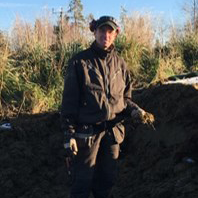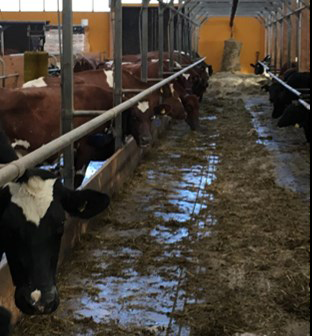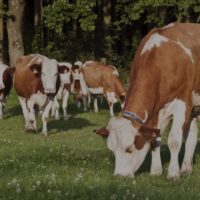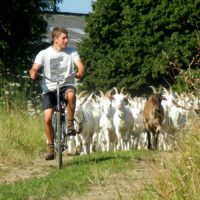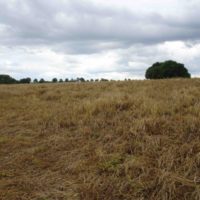Description
Species-rich mixtures for silage and grazing
It is important to think about what animals want to eat, rather than simply concentrating on volume. Therefore this farm is developing species-rich leys and testing new species and varieties.
On Höglunda farm there are dairy cows, heifers and ewes. A combination of different species of live-stock is important, since they complement each other by grazing in different ways and by reducing parasite loads. Mixing both livestock species and pasture species in leys is particularly positive. Different seed mixtures have been tested. Birdsfoot trefoil, caraway and other drought-tolerant plants must become more common in temporary grass-land to cope with dry years such as the past two years.
Having many species in the ley spreads the risks and gives good ground cover: “The best pasture we have is one with a wide range of species. However, it does not always turn out as expected. This needs more research!”
Reason for the innovation
It is a question of economics and interest
Herbs are important to secure yield when clover suffers. The for-age must be of good quality, with acceptably low fibre content. The farm can then use more forage and still get good milk production.
Farm description
Environment
- Soil types: Sandy loam
- Climate: Temperate continental climate
- Altitude: 80 m a.s.l
- Slope: 0–30 %
- The farm is located in Värmland, central Sweden.
Grassland management
- Grazing: Yes
- Temporary grassland: Different seed mixes have been tested: red clover, white clover, alsike clover, birdsfoot trefoil, timothy, meadow fescue, spiced up with different herbs (chicory, caraway, ribwort plantain) and lucerne. Perennial ryegrass is found even though it is not sown.
Structure
- Annual Work Unit: 2.5
- KRAV-certified organic production
- 212 ha arable land area, of which
- 100 ha temporary grassland area for cutting
- 50 ha temporary grassland area for grazing
- 8 ha semi-natural grassland area.
Animal performance
- 75 dairy cows (Holstein and Swedish Red) producing around 9,200 kg milk per year
- 55 ewes
Why it is working
Yields are not high in this area, so it is a question of experimenting and exploiting the natural conditions in the soil in temporary grasslands. Soil structure must be improved and also dry years must give adequate yields. Economics and a desire to try new things are the driving forces.
